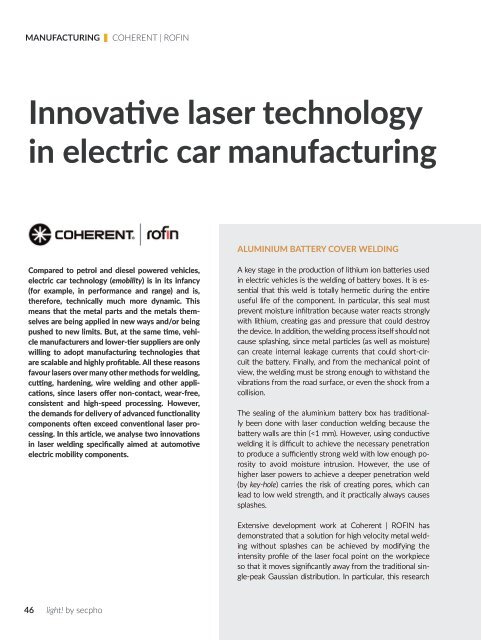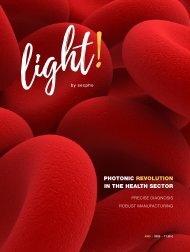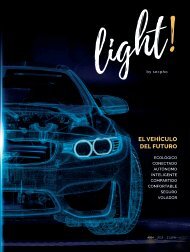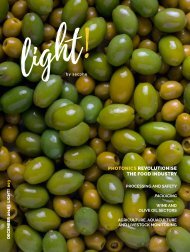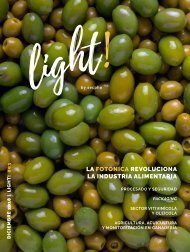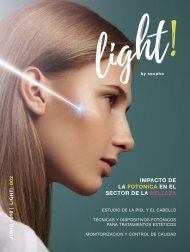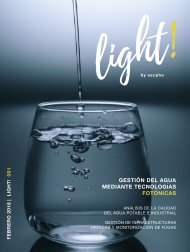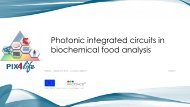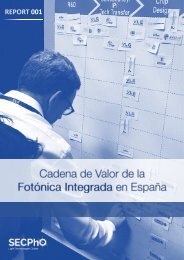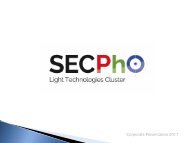light! 004 | The car of the future
Create successful ePaper yourself
Turn your PDF publications into a flip-book with our unique Google optimized e-Paper software.
MANUFACTURING<br />
COHERENT | ROFIN<br />
Innovative laser technology<br />
in electric <strong>car</strong> manufacturing<br />
ALUMINIUM BATTERY COVER WELDING<br />
Compared to petrol and diesel powered vehicles,<br />
electric <strong>car</strong> technology (emobility) is in its infancy<br />
(for example, in performance and range) and is,<br />
<strong>the</strong>refore, technically much more dynamic. This<br />
means that <strong>the</strong> metal parts and <strong>the</strong> metals <strong>the</strong>mselves<br />
are being applied in new ways and/or being<br />
pushed to new limits. But, at <strong>the</strong> same time, vehicle<br />
manufacturers and lower-tier suppliers are only<br />
willing to adopt manufacturing technologies that<br />
are scalable and highly pr<strong>of</strong>itable. All <strong>the</strong>se reasons<br />
favour lasers over many o<strong>the</strong>r methods for welding,<br />
cutting, hardening, wire welding and o<strong>the</strong>r applications,<br />
since lasers <strong>of</strong>fer non-contact, wear-free,<br />
consistent and high-speed processing. However,<br />
<strong>the</strong> demands for delivery <strong>of</strong> advanced functionality<br />
components <strong>of</strong>ten exceed conventional laser processing.<br />
In this article, we analyse two innovations<br />
in laser welding specifically aimed at automotive<br />
electric mobility components.<br />
A key stage in <strong>the</strong> production <strong>of</strong> lithium ion batteries used<br />
in electric vehicles is <strong>the</strong> welding <strong>of</strong> battery boxes. It is essential<br />
that this weld is totally hermetic during <strong>the</strong> entire<br />
useful life <strong>of</strong> <strong>the</strong> component. In particular, this seal must<br />
prevent moisture infiltration because water reacts strongly<br />
with lithium, creating gas and pressure that could destroy<br />
<strong>the</strong> device. In addition, <strong>the</strong> welding process itself should not<br />
cause splashing, since metal particles (as well as moisture)<br />
can create internal leakage currents that could short-circuit<br />
<strong>the</strong> battery. Finally, and from <strong>the</strong> mechanical point <strong>of</strong><br />
view, <strong>the</strong> welding must be strong enough to withstand <strong>the</strong><br />
vibrations from <strong>the</strong> road surface, or even <strong>the</strong> shock from a<br />
collision.<br />
<strong>The</strong> sealing <strong>of</strong> <strong>the</strong> aluminium battery box has traditionally<br />
been done with laser conduction welding because <strong>the</strong><br />
battery walls are thin (


